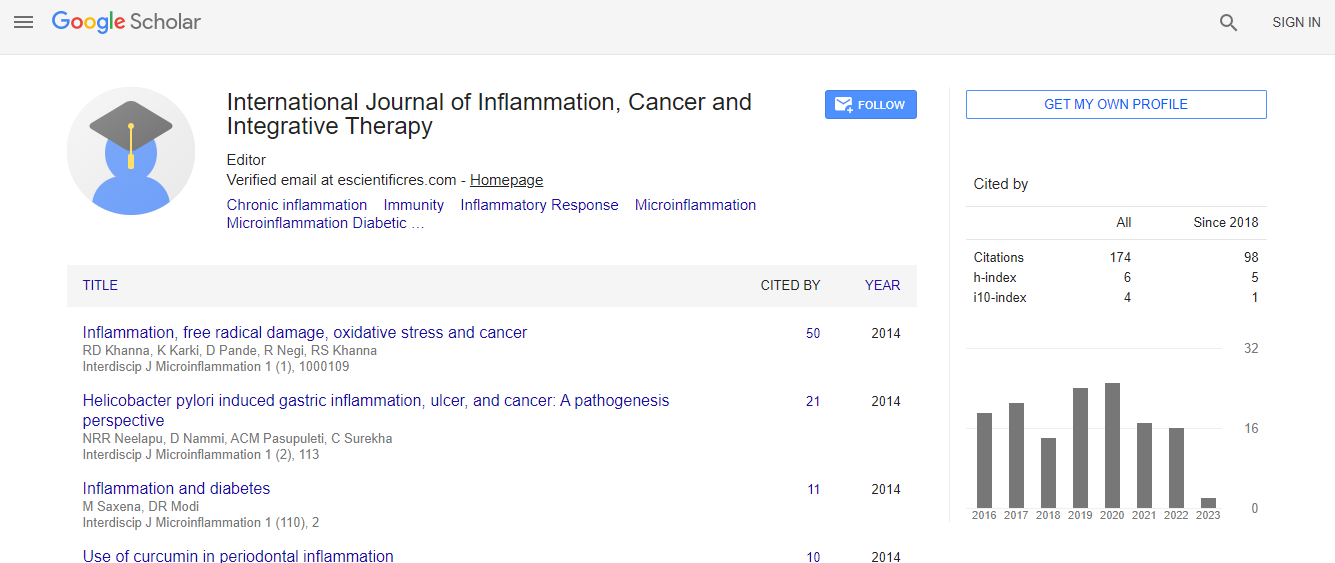Research Article
Immunological Properties of Breast Milk: A Prospective Study in 589 Children
Cantani A*Department of Pediatrics, Allergy and Clinical Immunology Division, University of Rome “La Sapienza”, Rome, Italy
- *Corresponding Author:
- Cantani A
Division of Pediatric Allergy and Immunology
Roma University “La Sapienza”, Italy
Tel: 0644230256
E-mail: acantani13@gmail.com
Received date: November 17, 2014; Accepted date: December 07, 2014; Published date: December 09, 2014
Citation: Cantani A (2014) Immunological Properties of Breast Milk: A Prospective Study in 589 Children. Interdiscip J Microinflammation 1:127. doi: 10.4172/2381-8727.1000127
Copyright: © 2014 Cantani A. This is an open-access article distributed under the terms of the Creative Commons Attribution License, which permits unrestricted use, distribution, and reproduction in any medium, provided the original author and source are credited.
Abstract
Background: Normal neonates are equipped with a limited immunocompetence, therefore they need breast milk (BM), which represent an excellent immune protection for the neonate during the critical period of intestinal vulnerability, due to a great variety of functionally interactive immunological, antibacterial, antiviral, anti-inflammatory and immunomodulating factors. Evidence suggests that the protection afforded by human milk to the recipient infant is greatest when breast-feeding is exclusive and of substantial duration.
Material and methods: In this update of an old topic, we shall review its role in atopy prevention as an introduction to the immunological and non-immunological components of BM and colostrum, and the spectrum and mechanisms of the protection of host defenses. Accordingly, we analyzed the propensity for breastfeeding in 289 children with respiratory disease and in 300 control children.
Results: The net result is that a high proportion of atopic children (273/289) were breastfed from their mothers and for a longer period of time.
Conclusion: This is the best demonstration that breastfeeding is the most effective single nutritional strategy that has been identified for the prevention of the atopic march in vulnerable infants. Therefore we stress that breast-feeding can prevent or ameliorate allergies, although some authors have emphasized the increased hazard of sensitization in breast-fed infants.

 Spanish
Spanish  Chinese
Chinese  Russian
Russian  German
German  French
French  Japanese
Japanese  Portuguese
Portuguese  Hindi
Hindi 
